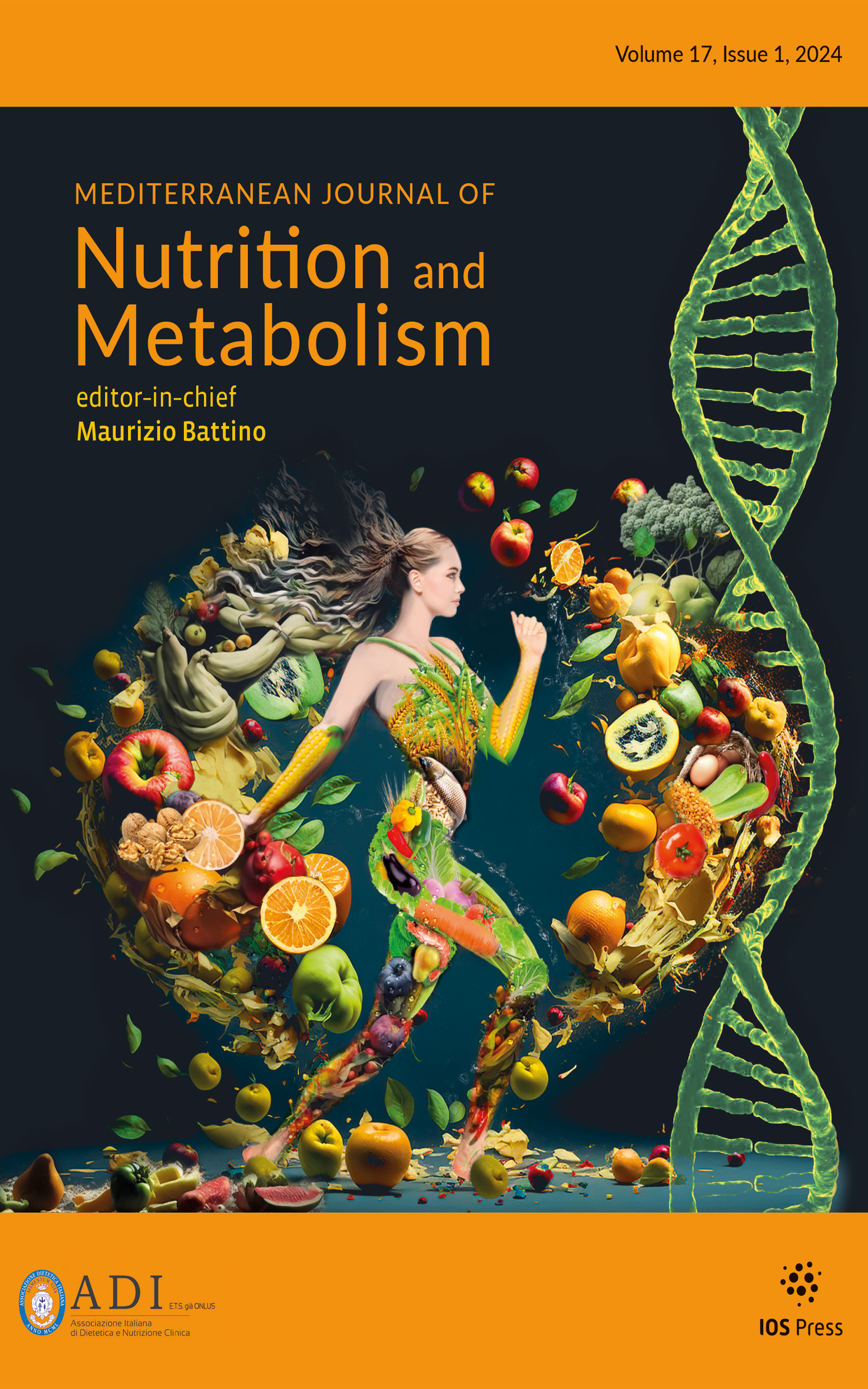Authors: Boukhalfa, Farid | Kadri, Nabil | Bouchemel, Sihem | Ait Cheikh, Saida | Chebout, Imen | Madani, Khodir | Chibane, Mohamed
Article Type:
Research Article
Abstract:
BACKGROUND/AIM: The hypolipidemic potential of both leaf and twig extracts of Ficus carica on experimental hyperlipidaemia induced by Triton WR-1339, in Swiss albino mice was investigated. In addition, the phenolic, flavonoid and anthocyanin contents of these extracts and their antioxidant activities were determined. These properties may have a synergistic effect on hyperlipidaemia. MATERIALS AND METHODS: Leaf and twig samples of F. carica were harvested and collected. The study of antioxidant activity of phenolic compounds was determined by the radical DPPH*, ABTS*+ and FRAP assays. The experimental design was carried out using acute oral toxicity
…study and Triton model hyperlipidaemia on Swiss albino adult male mice. The animals were observed continuously during the 14 days of the study for any physical signs of toxicity. On the 15th day, the animals were sacrificed by decapitation under anesthesia and the organs were observed for macroscopic pathological lesions. Hyperlipidaemia was induced in the mice by a single intravenous (iv) injection of Triton WR 1339 (300 mg/kg body weight), and the antihyperlipidemic effect of each extract, studied at 150 and 300 mg, was tested by gavage. After 24 hours of administration, serum from blood samples was used to estimate the various parameters of the lipid profile namely TC, TG, LDL and HDL. RESULTS: The results of the phenolic and flavonoid compounds of Ficus carica leaves and twigs varied from 12.84 to 19.78 mg gallic acid equivalents (GAE) and 5.02 to 9.72 mg EQ/g dry matter, respectively. The scavenging activity (IC50 ) against the radical DPPH* and ABTS*+ varied from 346.2 to 461.38 μg/mL and 288.3 to 369.01 μg/mL for twigs and leaves respectively, and from 50.82 to 54.2 μg/mL for FRAP assay. The acute toxicity study showed no mortality and clinical signs of toxicity in the tested doses. The LD50 value of extracts of twigs and leaves of Ficus carica is greater than 5000 mg/kg. The results revealed that the administration of Ficus carica (FC) leaf and twig extracts resulted in a significant (p < 0.05) decline in levels of serum triglycerides, total cholesterol, LDL-c, and VLDL-c, while the serum high-density lipoprotein cholesterol was significantly increased. The decrease rate of the lipid parameters differs significantly (p < 0.05) from the leaf and twig extracts and depends also on the administered dose. CONCLUSION: Ficus carica leaf and twig extracts may contain compounds able to lower plasma lipid concentrations, could contribute significantly to the total antioxidant properties and be beneficial in the treatment of hyperlipidaemia.
Show more
Keywords: Ficus carica, antioxidant activity, Hyperlipidemic models, Triton WR-1339, Antihyperlipidemic effect
DOI: 10.3233/MNM-17180
Citation: Mediterranean Journal of Nutrition and Metabolism,
vol. 11, no. 1, pp. 37-50, 2018





